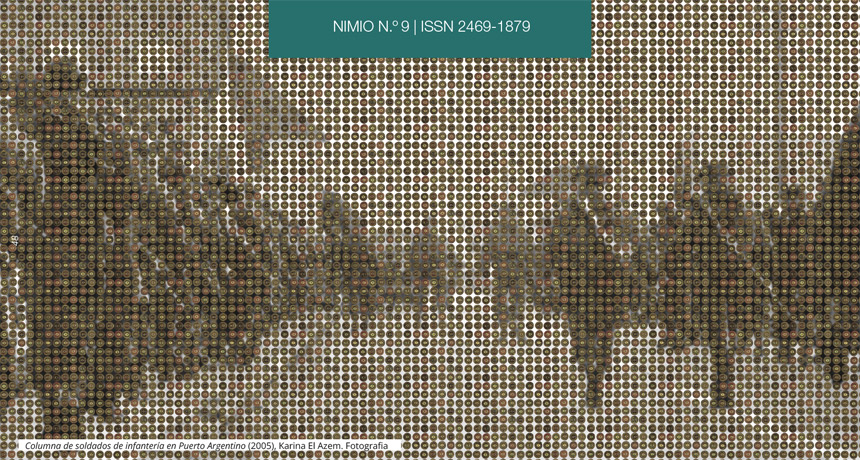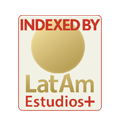The Archive Between the Artwork and The Document
Carlos Ginzburg Fonds
DOI:
https://doi.org/10.24215/24691879e045Keywords:
Archive, Poetics of Inventory, Performative Practices, PhotoperformanceAbstract
This article proposes to reflect on the identity of art archives and the documents they comprehend. Starting from the question about the limits between artwork and document, we will analyze the ways of organizing the content of the Carlos Ginzburg Fonds of the Archivo de Arte del Centro de Arte de la Universidad Nacional de La Plata and the mediations that attend to present critical and artistic density of the preserved piecesReferences
unlp.edu.ar/notas/archivo-de-arte-carlos-ginzburg
Centro de Arte UNLP. (19 de junio de 2020). Presentación del Archivo Carlos Ginzburg [Archivo de video]. Youtube. https://www.youtube.com/watch?v=lL2ZdWFb_yU
Davis, F. (2021). El archivo de Carlos Ginzburg. Nimio, (8), e040. https://doi.org/10.24215/24691879e040
Foucault, M. (1979). El a priori histórico y el archivo. En La arqueología del saber (pp. 214-223). Siglo veintiuno editores.
Giglietti, N. y Sedán, E. (2018). Archivos públicos y privados. Entrevista a Mela
Dávila Freire. Nimio, (5), 68-88, e006. https://doi.org/10.24215/24691879e006
Giunta, A. (2008). Vanguardia, internacionalismo y política: arte argentino en los años sesenta. Siglo veintiuno editores.
Giunta, A. (2010). Archivos. Políticas del conocimiento en el arte de América Latina. ERRATA. Revista de Artes Visuales, (1). https://issuu.com/revistaerrata/docs/revista_de_artes_visuales_errata_1_issuu
Rolnik, S. (2009). Furor de archivo. Estudios visuales: Ensayo, teoría y crítica de la cultura visual y el arte contemporáneo, 7 (7), 115-129. https://studylib.es/doc/6050530/furor-de-archivo---estudios-visuales
Downloads
Published
How to Cite
Issue
Section
License
Copyright (c) 2022 Georgina Colombo

This work is licensed under a Creative Commons Attribution-NonCommercial-ShareAlike 4.0 International License.
The acceptance of the manuscript by the magazine means the non-exclusive cession of the property rights of the authors in favour of the editor, who allows the reuse, after publication (post print), under a license Attribution-NonCommercial-NoDerivatives 4.0 International.
According to these terms, the material can be copied and redistributed by any means or in any format as long as a) the author and original source of the publication are quoted (magazine and URL of the work), access to the license is provided and whether changes have been made is mentioned; and b) the material is not used for commercial purposes.
The cession of non-exclusive rights means that after the publication (post print) in Nimio the authors can publish their work in any language, means and format; in such cases it must be mentioned that the material was originally published in this magazine. Such cession also means the authorization of the authors for the work to be collected by SEDICI, the institutional archive of the Universidad Nacional de La Plata, and to be spread in the databases that the editorial team considers appropriate to increase the visibility of the publication and its authors.
Moreover, the magazine encourages the authors to deposit their productions in other institutional and thematic archives under the principle that offering the society the scientific and academic production without any restrictions contributes to a greater exchange of the global knowledge.

























